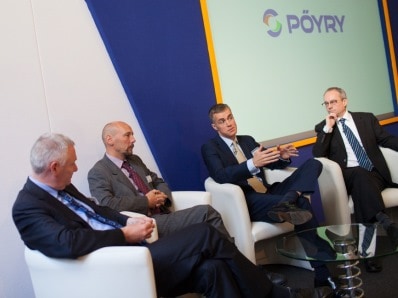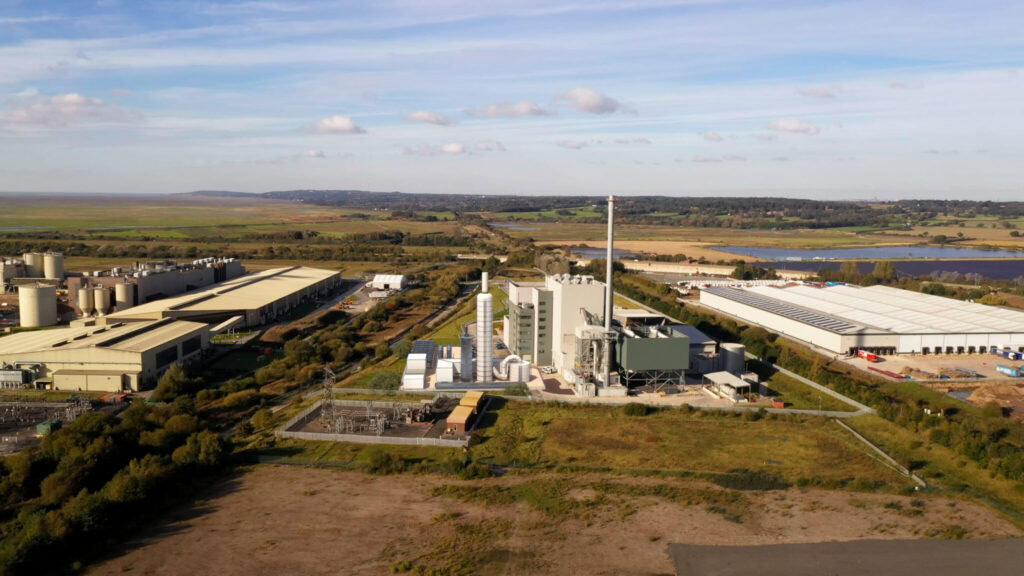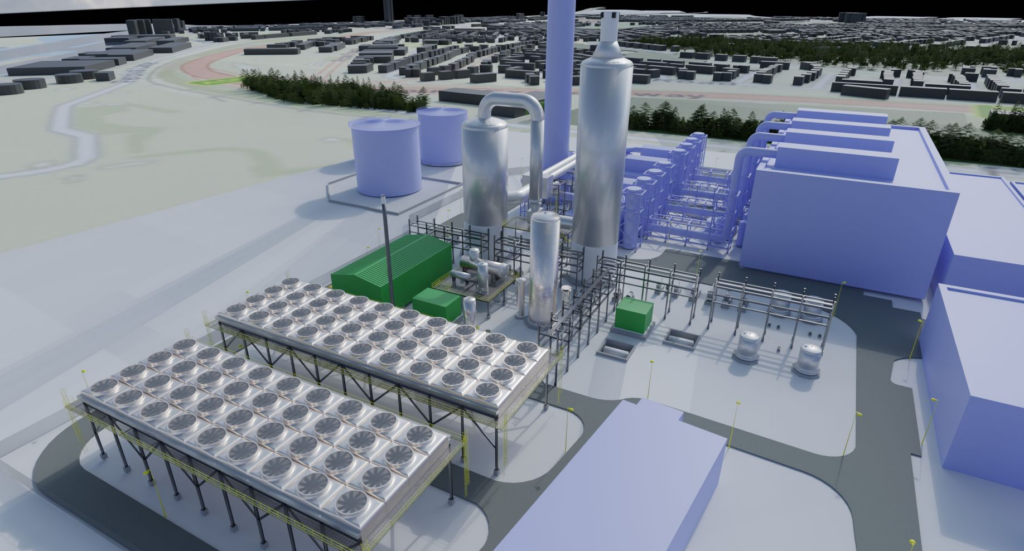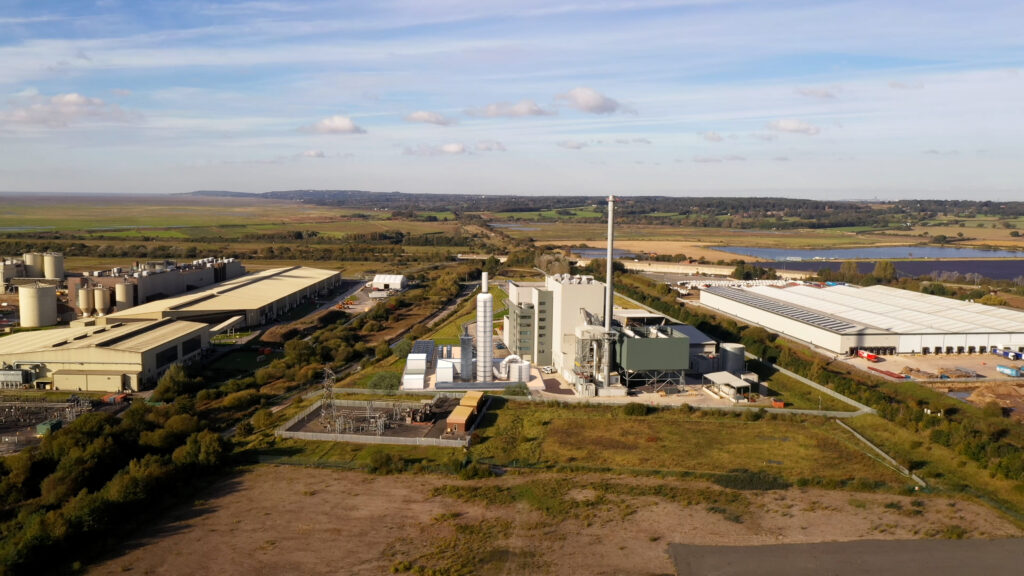
Addressing a breakfast seminar held by management consultants Poyry UK last week, Mr Palmer-Jones, who is also chairman of the Environmental Services Association, explained that gate fees are also important, representing some 70% of income. He continued: The electricity price is key to us in a large moving grate plant, representing 30% of the revenue stream.
Mr Palmer-Jones went on to highlight the role of energy from waste (EfW) in terms of renewable energy supply for the UK. We believe energy from waste is a very credible source of supply. The civil engineers in a study earlier this year said we will reach the point where it will be over 10% of renewable energy that can come from waste.
And, the chief executive indicated that a large increase in energy prices was expected from 2016. SITA UKs parent group GDF Suez had carried our research and this had suggested that a large price increase was on the cards. It may help give us the payback we require as we move from a landfill intensive industry to a resource and technology industry, he noted.
Economy
Looking ahead, he predicted that waste arisings would increase as the economy recovered from the recession, especially in the commercial and industrial sector and there would also be increases in the municipal sector, because of population growth.
Mr Palmer Jones said currently there is still 28 million tonnes material available for energy from waste in terms of material going to landfill. If you take what is going to be built, 12.5 million tonnes, there will be 15 million left. Where will that go? Some will be captured as food waste and there will be more recycling although clearly some of the easiest recycling has already been taken.
Merchant plants are being driven by new technology which is favoured by the government.
Kevin Maddick, RBS
He continued: My view of direction is that the landfill gas curves are in decline due to feedstock reduction. Projects in Essex and Hertfordshire, for example, are going to take thousands of tonnes of material way from landfill.
As a consequence, there would be a substantial volume available for energy from waste and other treatments although he did not believe that AD was really the panacea for solving the residual waste problem.
And, he also cautioned that for the AD sector, there may be a shortage of feedstock in some areas as well as difficulty in finding outlets for the digestate.
Mr Palmer-Jones accepted that there was an element of uncertainty about commercial and industrial waste volumes, partly because contractors were often only for three years. And, he said that the potential for new large municipal projects had changed in financial terms with the ending of the certainty that PFI funding brought.
The sector would also continue to see the exports of RDF and SRF, he predicted with contracts being signed now for 5-7 years. Scandinavia, the Netherlands, Germany, their tonnages have all dropped in the recession so they have sought fuel for their EFW plants. It is an area we believe is for the long-term.
Capital light
SITA is an RDF exporter, the chief executive told the audience, and is also going to supply the material in the UK. Production is very capital light. We are building a plant at a cost of 25 million for Cemex next year in Rugby. This can handle 250,000-300,000 tonnes of material, the same sort of level as an EfW plant.
Despite Mr Palmer-Jones evidence that there would be tonnages available for energy from waste projects, his fellow speaker at the Poyry event – Kevin Maddick, managing director and head of infrastructure structured finance at the bank RBS was concerned about waste arisings forecasts.
Mr Maddick explained that project finance for waste schemes, for a variety of reasons, does have an advantage. It can fill a gap and lead to lower cost of capital, it can be off balance sheet for a corporate entity and brings the discipline of project finance.
He then explained that for banks, waste PFI projects had brought lower risks compared to merchant schemes. “We have now moved away from large incineration scheme to a more challenging scenario of smaller schemes.”
The smaller schemes are often of a merchant nature, he said and are typically smaller plants. Typically they are multiple contracts and the contractors may be of less standard.
In terms of technology, Mr Maddick said that the banks can’t look at a track record of gasification and that is a key gap in the risk analysis.
Capacity
And, in terms of waste volumes, he questioned the extent of the treatment capacity gap, referencing Eunomia who forecast there will be overcapacity by 2015/2016.
He added: Clearly there will be detractors from this analysis but bankers will be looking forward in years – the question is will it happen in 2020 or 2030. Clearly for financing we have to understand what the underlying fundamentals are. Finance is available for infrastructure, the question is can we manage the risk in schemes that are waiting to be finalised?
The RBS expert went on to throw some doubt on the potential of new technologies. Merchant plants are being driven by new technology which is favoured by the government. But, he the referred to the Mott McDonald report which questioned the viability of new technologies, adding: When looking for answers to funding merchant schemes bankers are not waste experts so we rely on technical advisers.
He suggested that factors which might help smaller and medium scale projects to obtain finance include:
- renewable technology incentives are helpful
- supporting finance from the Green Investment Bank
- giving waste disposal authorities greater control over commercial and industrial waste
- lenders move away from comparing projects with PFI
- fully consider the specifics of each proposal in the local and regional context









Subscribe for free